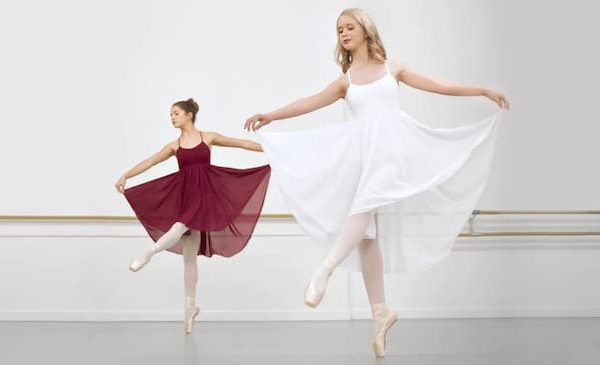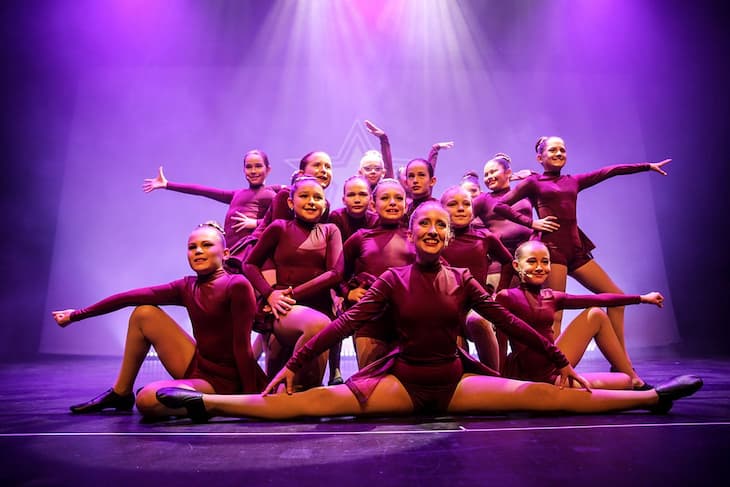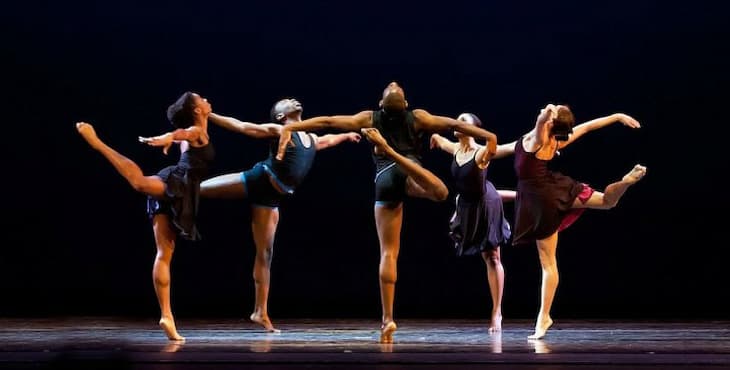22
Jun

Sparkles and glitter, tulle tutus, tights and themed matching dresses are synonyms for dance. And if you’ve ever been to a dance performance, you know how exciting it gets once dancers in beautiful costumes step on the stage. Whether you’re a dancer, a dancing child’s mum or a choreographer, you know that the choice of dance costumes can make or break a choreography. Why are dance performance costumes essential? And how can you choose the perfect one for your dance?

When creating a choreography, choreographers have a vision in mind. Dancers work very hard to bring that vision to life. They sometimes practise for months to memorise the routine to perfectly execute it. Wearing the proper dance costumes allows dancers to complete their look, highlighting each of their moves. They help tell the story of the dance’s theme and make the whole performance more flowing and elaborate.
The audience is one of the main reasons why choreographers create performances that dancers put up on stage. You need to get your audience’s attention when you step on the stage. You need to convince them your performance is worthy of all their focus and attention, so they can stick and see what the performer can offer.
Dance costumes speak for the dancers and their performance even before they start to speak for themselves, creating an immense first impression. When the crowd sees dancers in carefully designed costumes, they get attracted at first sight. They immediately fall for them and are eager to see what’s next.
Once all curtains are down and all you can hear is howling and applause, you know that every effort was worth it. Costumes are essential to creating a masterpiece so beautiful that the world needs to see it. It pays to know that it’s essential to look your best once you’re up on stage. All effort you make to choose the perfect costume never goes unappreciated by the audience.
Dancers train hard to develop the perfect technique to pull off the ideal act on stage. Although this is vital for a good performance, wearing costumes helps them enhance their staging in other significant ways.
The proper dance attire can completely change dancers’ posture and outlook. So, when they see themselves later and like how they look, they often feel better. This makes them feel more confident and assured of themselves. When dancers wear the right costume, they feel comfortable. It can boost their confidence, making them feel they can take on anything. This way, they’re more willing and confident to attempt new skills and steps, which has a great, positive impact on the way they perform.
Also, wearing matching costumes with others on stage puts everyone on the same page. This can help struggling artists that don’t want to stand out.
Performers need to concentrate so they can learn and do their best. This is true both for those who are just starting to dance and those who have been dancing for years. Wearing inappropriate and uncomfortable clothes can be distracting for dancers. If your leotard is the wrong size or your hair falls on your face, it can be hard to concentrate and give your best. Kids and teenagers can find it hard to focus anyway, and clothing issues can just make it worse.

Choosing the right costume for the dance enables the dancer to focus on their steps, not what they wear. When dancers don’t wear proper clothing, it can hinder their ability to perform the choreography and move properly. Dance costume choice can impact technique and precision, especially in partner or group acts.
Dance costumes help all dancers look cohesive. This helps create a bond between the dancers in a group. Wearing the same type of clothes makes it easier to see the group as one instead of just a group of people. For dancers, cohesiveness means better visualisation of what the dance will look like.
What makes a good dance costume? Although there are several things to look for, all experts agree on three things: a good costume should incorporate the concept, the right fit/fabric and a conversation with the dancer.

The costume choice always has to be based on the concept of the piece. This means there are different costume options for every type of dance. For example, ballet costumes should be simple enough not to distract from the movement. They should display the beauty of the dancer’s technique, fluidity and grace. That’s why the classic tutu and leotard are always the right option for ballet.
Styles like jazz, tap and hip hop require more elaborate costumes, similar to the movement style. They should be playful, bright and eye-catching. Such costumes complement the song and bring the entire dance to life. Similarly, cultural dances require cultural costumes. When it comes to themed dances, there is a wide variety to choose from, but you should always stick to the theme.
A dance costume should allow the dancer to bend, move and breathe. Only that way the performer would feel comfortable and give their best. The choice of fabric shouldn’t overwhelm them. That can be an obstacle that takes away from the dancers’ movement. They work so hard in the studio, trying to perfect everything. Once their costume is on, it should elevate the dancer and help the character come alive. Don’t forget about dance shoes; they should complement the costume, offering comfort and protection.
Finally, a good costume is the one the dancer likes. When the dancer likes their looks, costume, and make-up, they’ll feel confident and happy. That way, all they have to worry about is dancing, which is always a key to a successful performance.